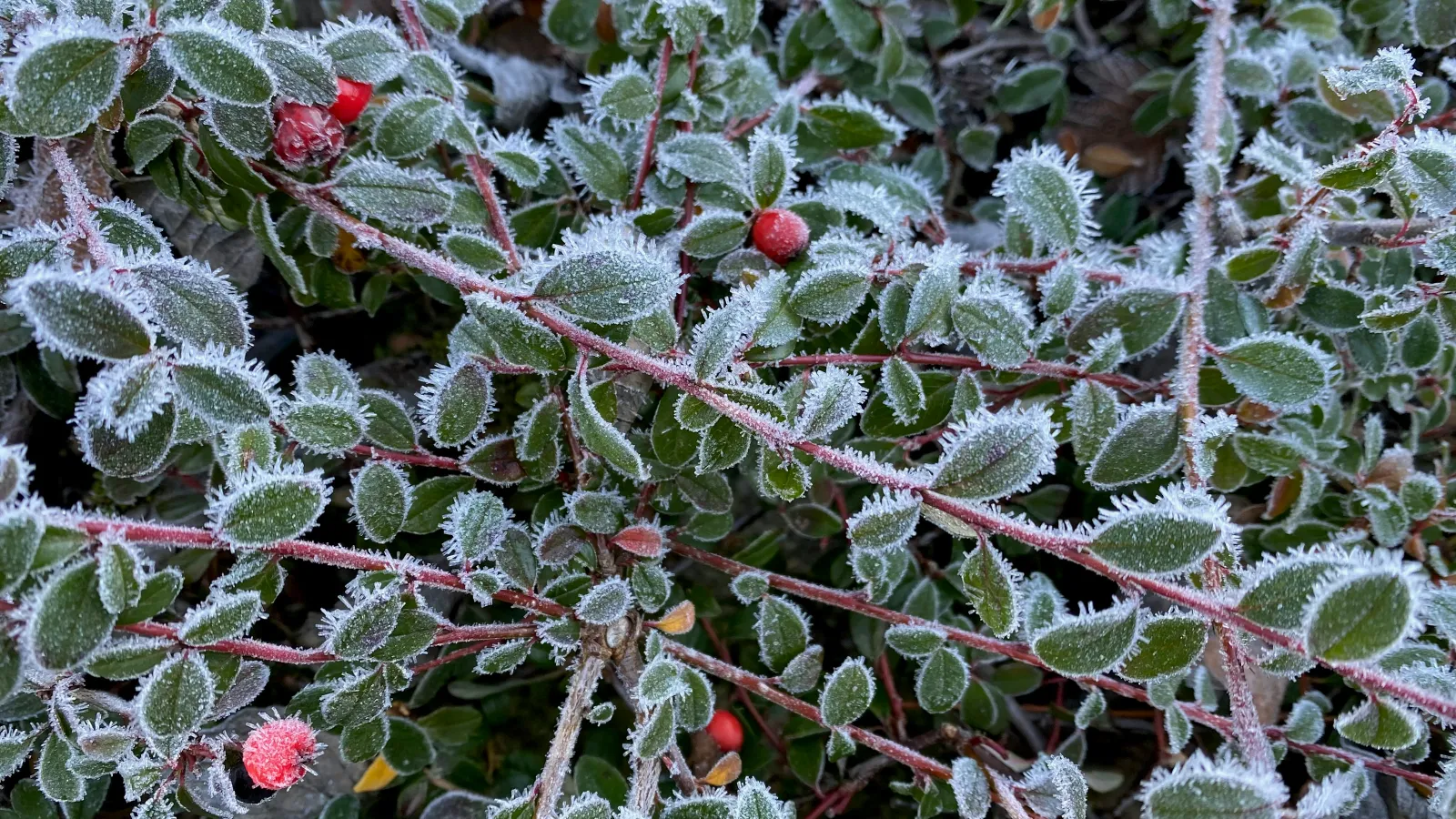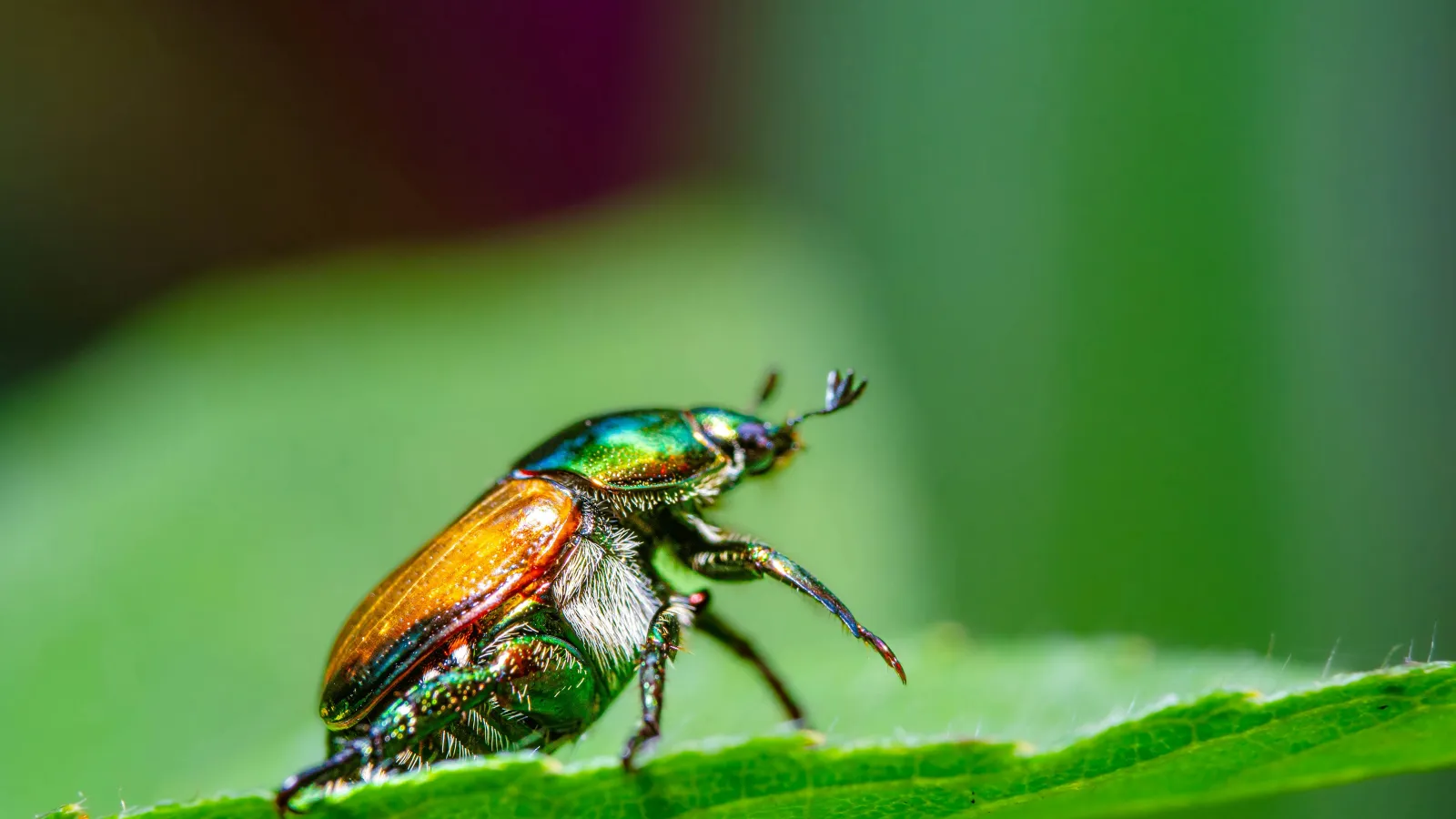Small Bugs = Big Problems: Aphids and Lace Bugs
If some of your landscape plants are not looking great, you may have an insect infestation. But unfortunately, some common pests are really small and require you to look for them. Aphids and lace bugs are common pests that attack shrubs found in many landscapes, including:
- Roses (aphids)
- Crepe myrtles (aphids)
- Viburnums (aphids)
- Azalea (lace bugs)
- Broad-leaved evergreens (lace bugs)
- Rhododendron (lace bugs)
- Sycamore (lace bugs)
Fortunately, we have great information to share with you about aphids and lace bugs, signs of infestation and how to get rid of them.
What Are Aphids?
Aphids are soft-bodied insects that use their piercing sucking mouthparts to feed on plant sap. They usually occur in colonies and tend to enjoy new growth and the vein part on the underside of leaves. Aphids are very small and measure 1/16-1/8 inches in length. Aphids can be challenging to find-often almost invisible to the naked eye. They can be green, yellow, orange, red, black or white.
What Are Lace Bugs?
Lace bugs are tiny insects that grow no more than one-eighth inch long. But if you suspect a lace bug issue, you better look real close. Lace bugs are only about ⅛ inches long and are cream-colored with dark markings. Small, clear cells cover their wings and thorax, giving them their lacy appearance.
Both aphids and lace bugs are sap feeders. This means that they insert their mouthparts into the plant and suck out sugar and cellulose. In small numbers, they don't affect the overall health. But in more significant numbers and if not controlled, these little "suckers" (ha!) can cause your plants to look unsightly. Keep reading to learn more.
Signs of Infestation
You especially want to watch your roses, crepe myrtles, and viburnums for aphids. Lace bugs have favorites too. They prefer azalea, rhododendron, broad-leaved evergreens, and sycamores, to name a few. Both shrub pests affect the leaves of the plant. Here are some signs of an aphid or lace bug infestation:
- Curling, yellowing, or stunted leaves
- Sticky substance covers leaves or stems
- Premature leaf drop
- Slowed growth
- Poor blooms
Please note it is vital to prevent damage on evergreens because foliage will retain the injury and be less functional for more than a year.
What's the Sticky Substance on the Underside of the Leaves?
One of the signs of an insect infestation is a dark sticky substance on the leaves or stems of the plant. Aphids produce large amounts of a sugary liquid waste called "honeydew." This honeydew attracts ants and causes sooty mold, and then the leaves will develop black spots. The appearance of sooty mold on plants may be the first time an aphid infestation is noticed.
Tips For Getting Rid of Aphids and Lace Bugs
Because aphid and lace bug populations can explode, it is important to monitor plants as often as possible. Carefully check the stems and leaves, including the undersides, for the presence of these little pests. But if you have aphids or lace bugs present, here are some tips for getting rid of these pesky suckers.
- Spray cold water on the leaves. Sometimes all aphids need is a cool blast to dislodge
- Spray the plant's leaves with a mild solution of water and a few drops of dish soap. Wipe off with a rag. Reapply the soapy water every 2-3 days for 2 weeks. This works for both shrub-damaging insects.
- Dust plants with flour if you have a large aphid infestation. It constipates the pests.
- Keep the soil around the plant moist. Lace bugs prefer a dry, warm environment. Working compost into the soil and using mulch around the plant will help keep the soil moist.
- Prune the infected area, if possible. And to prevent more infestations in your landscape, don't mulch this green waste. Dispose of it separately.
- Get professional tree and shrub treatments for fertilization and control of insects and disease.
Luckily, the damage caused by aphids and lace bugs isn't plant-destroying or permanent. The damage is usually just cosmetic, and the plant will regain health by next spring with fresh, new leaf growth. However, because many homeowners often spend thousands of dollars on their beautiful landscape, why wouldn't you want to protect it? Having a company to care for your trees and shrubs is one of the best things you can do for your landscape investment.
Contact the Pros
At Turf Masters Lawn Care, we offer finely tuned fertilization, insect, and disease control services for your trees and shrubs. By joining our tree and shrub program, we can help promote overall plant health, vigor, and healthy blooms, creating a more exquisite landscape. Contact us today for your free quote.
Header photo credit: Plant Care Today, Lace bugs photo credit: Mississippi State University

